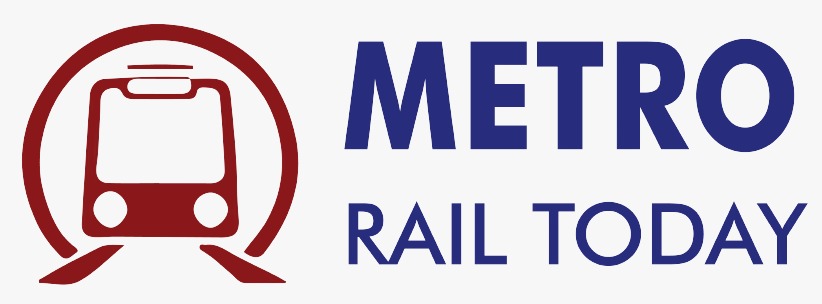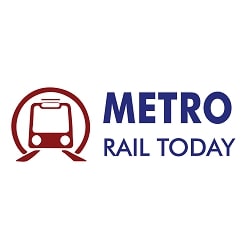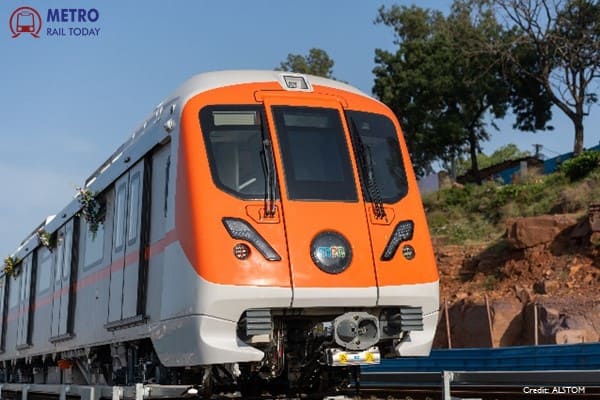 PM Narendra Modi to inaugurate Bhopal Metro operations on December 20, CMRS approval received
PM Narendra Modi to inaugurate Bhopal Metro operations on December 20, CMRS approval received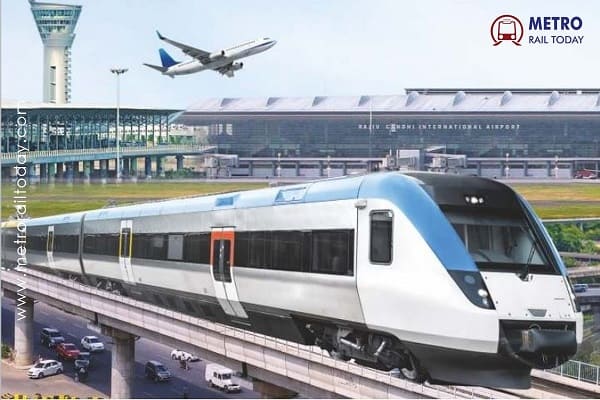 Centre orders NCRTC to prepare revised DPR for ₹20,637 crore Delhi-Noida Airport RRTS Corridor
Centre orders NCRTC to prepare revised DPR for ₹20,637 crore Delhi-Noida Airport RRTS Corridor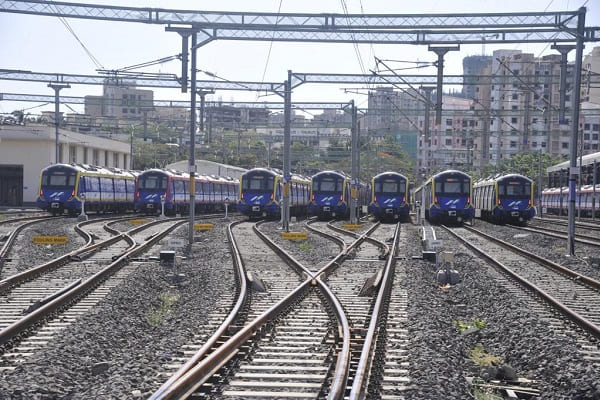 Mumbai Metro deploys Indigenous AI-Based Wheel Profile Monitoring System in Charkop Depot
Mumbai Metro deploys Indigenous AI-Based Wheel Profile Monitoring System in Charkop Depot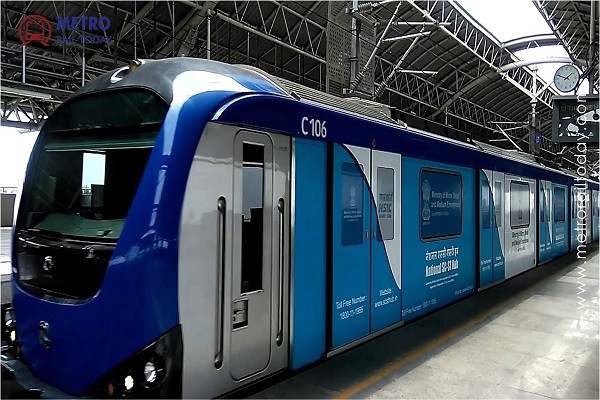 ADB approves $240 million loan to accelerate Chennai Metro Phase 2 Expansion
ADB approves $240 million loan to accelerate Chennai Metro Phase 2 Expansion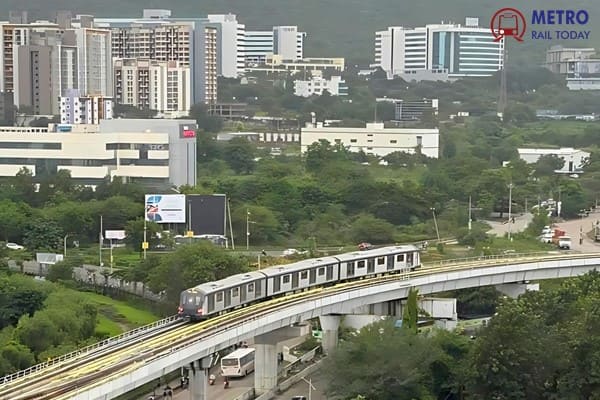 Kalpataru Projects-HG Infra Engg JV bags ₹1,415 Crore EPC Contract for Thane Metro Rail Project
Kalpataru Projects-HG Infra Engg JV bags ₹1,415 Crore EPC Contract for Thane Metro Rail Project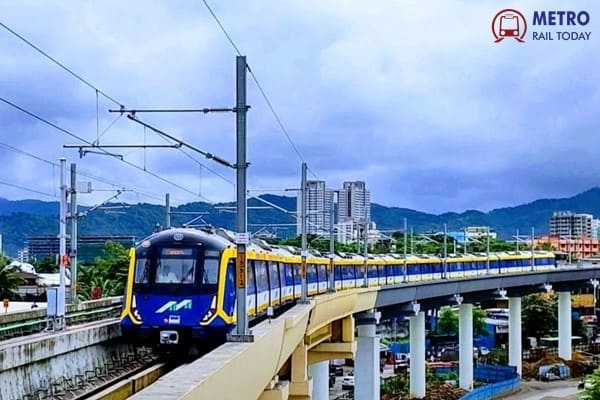 MAHA Metro floats ₹223.70 Crore Civil Tender for Six Elevated Stations of Thane Metro Rail Project
MAHA Metro floats ₹223.70 Crore Civil Tender for Six Elevated Stations of Thane Metro Rail Project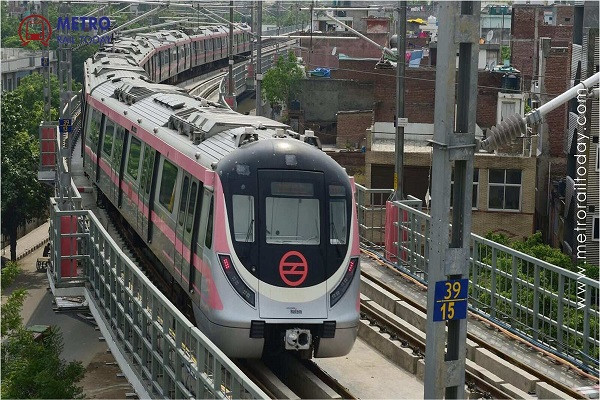 Construction begins on Delhi Metro Phase 4's Saket G Block–Lajpat Nagar Corridor
Construction begins on Delhi Metro Phase 4's Saket G Block–Lajpat Nagar Corridor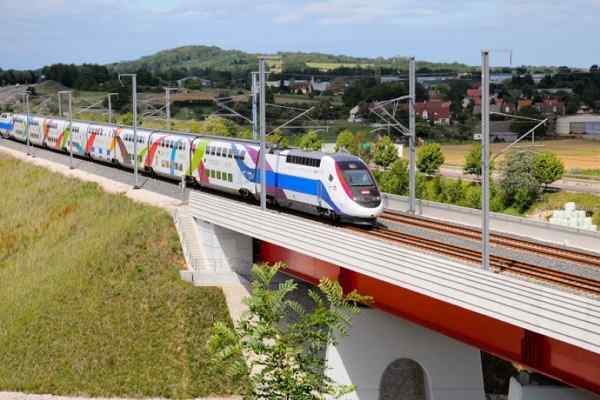 Kerala proposes RRTS as alternative to K-Rail Silver Line, Eyes faster clearances under Metro Policy
Kerala proposes RRTS as alternative to K-Rail Silver Line, Eyes faster clearances under Metro Policy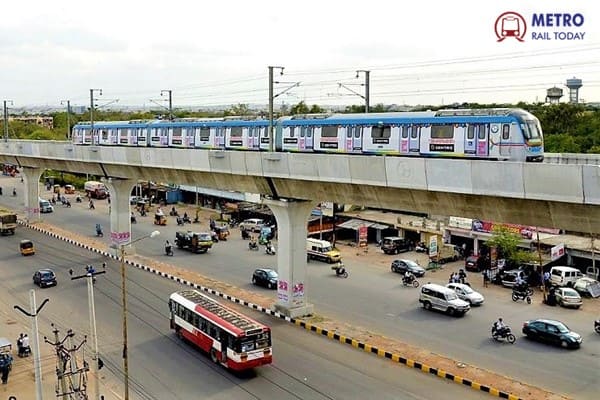 India’s Metro Rail Network crosses 1,080 km as Southern States drive expansion
India’s Metro Rail Network crosses 1,080 km as Southern States drive expansion Delhi-Meerut Namo Bharat RRTS crosses 2 Crore Commuter Trips in Two Years
Delhi-Meerut Namo Bharat RRTS crosses 2 Crore Commuter Trips in Two Years
Maha Metro’s Bold Vision: Shravan Hardikar on redefining Urban Mobility in Pune, Nagpur and Thane
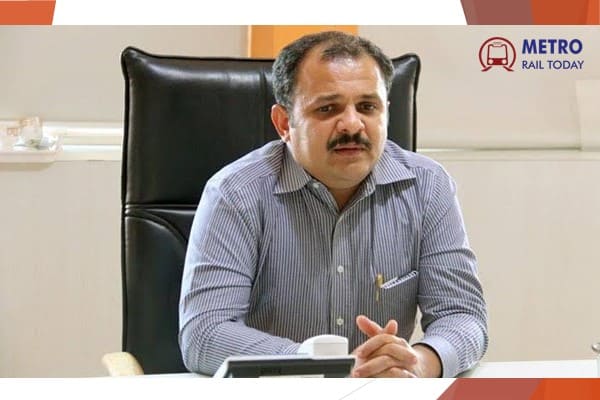
As urban India navigates the complex challenges of traffic congestion, environmental degradation, and evolving mobility needs, Maharashtra Metro Rail Corporation Ltd (Maha Metro) is emerging as a leading force for sustainable transformation. In an exclusive interaction with Metro Rail Today, Shri Shravan Hardikar, IAS, Managing Director of Maha Metro, revealed a dynamic vision for Pune, Nagpur, and Thane Metros — underpinned by integrated infrastructure, green innovation, and future-ready urban planning.
“Pune Metro is more than just a mode of transport—it is a step towards building a cleaner, smarter, and more connected city,” Shri Hardikar affirmed.
Metro Networks Taking Shape Across Maharashtra
With Pune and Nagpur already boasting fully operational Phase I corridors and Thane preparing to break ground on its ring metro project, Maha Metro’s blueprint for expansion is well underway.
In Nagpur, Phase I covers over 40 kilometers across two major corridors — the Orange Line and the Aqua Line — and has already witnessed a remarkable milestone of 10 crore passengers since its inception. Phase II of the Nagpur Metro, currently under active construction, will expand the network by another 43.8 kilometers and introduce 32 new stations. With project funding secured through central and state government contributions and support from international lending agencies, the full rollout of Phase II is expected to conclude by 2029.
Meanwhile, Pune Metro has rapidly become one of the most commuter-friendly transit systems in the country. Its Phase I network stretches 33.2 kilometers and is fully functional across elevated and underground sections. Digital innovation has played a key role here — with over 75% of ticket revenue coming from digital platforms such as WhatsApp ticketing, mobile apps, and smart cards.
Shri Hardikar shared that average daily ridership in Pune has already crossed 2 lakh, and last year’s Ganesh Festival brought in record numbers with round-the-clock operations on Anant Chaturdashi. The metro’s extensions towards Bhakti-Shakti and Katraj are already underway, and the larger Phase II proposal — connecting Khadakwasla, Hadapsar, Kharadi, and Loni Kalbhor — is in advanced stages of approval.
The Thane Metro is the newest of the three. Sanctioned in 2024 and envisioned as a 29-kilometre integral ring system, it will include 22 stations and offer interchanges with Mumbai Metro Lines 4 and 5, as well as suburban rail and bus terminals. The project’s alignment ensures coverage of major residential and commercial nodes, with completion targeted by FY 2029–30.
“Thane Metro has been planned as a truly integrative system — not just for the city, but as a link to the greater Mumbai metropolitan region,” he noted.
Connecting the First and Last Mile
One of Maha Metro’s defining goals is to offer seamless multimodal travel. Recognising that metro trains alone are not enough, the agency has invested heavily in improving first and last-mile connectivity across its networks.
In Pune, integrated feeder bus services operated by PMPML are currently running across 12 metro stations on 20 routes, benefitting nearly 84 lakh commuters so far. Shared auto-rickshaw stands have been established at high-footfall stations including Swargate, Vanaz, Ramwadi, and Pune Railway Station, while e-scooters are already operational at Anand Nagar and will soon expand to other hubs.
Hardikar revealed ambitious plans to roll out an E-Auto network to serve 27 stations and connect commuters to nearly 400 destinations within a 4-km radius. A special Pink E-Rickshaw initiative is also in the pipeline, aimed at providing safer travel options for women.
He added that similar integration strategies are being replicated in Nagpur and will be implemented in Thane as well. In Nagpur, a mix of city buses, shared autos, and e-bikes is already being used to bridge the gap between the metro and local neighborhoods, colleges, and offices.
“We’re building ecosystems, not just rail corridors. Our commuters should be able to step out of a metro station and find a reliable, affordable ride home — that’s our goal,” Hardikar explained.
Building a Financially Resilient Metro System
Sustainability isn’t just about the environment — it’s also about the balance sheet. To that end, Maha Metro has rolled out an impressive set of non-fare revenue initiatives that are helping to reduce dependency on passenger tickets.
The organisation has leased out small and medium spaces at its stations for retail and commercial use. Semi-naming rights have also been awarded to 10 metro stations, with names such as Ruby Hall Clinic, Kalyani Nagar, Yerwada, and Pune Railway Station now carrying co-branded identities.
Advertising on station premises and on train exteriors is another active revenue channel. Tenders for train wrapping are already underway, and station pillars and outdoor spaces have been monetised through sponsorships.
In Nagpur, Maha Metro has ventured further into commercial real estate development. Projects have already been completed on land parcels in Dhantoli and Somalwada, while upcoming developments at Zero Mile (above the metro station), Eco Park, and Ajni are in the planning stage. Pune is also seeing commercial developments aligned with Transit-Oriented Development (TOD) regulations.
Thanks to these efforts, Nagpur Metro earned ₹31 crore in non-fare revenue during FY 2024–25, and Pune brought in ₹19.8 crore — proof that metros can thrive financially without burdening commuters with higher fares.
Sustainable Transit for a Greener Tomorrow
Environmental responsibility is central to Maha Metro’s operations. Pune Metro has already generated more than 12 MWh of solar energy since 2022 through rooftop installations across 14 stations and depots. This has led to a savings of nearly ₹4.75 crore in electricity bills.
Nagpur Metro has taken it a step further, generating 177.56 lakh units of renewable energy and achieving a reduction of over 16,000 tonnes in carbon emissions. The long-term goal, said Hardikar, is to meet at least 50% of energy requirements through solar power.
Additional green features include 100% rainwater harvesting, on-site bio-digesters for wastewater treatment, and tree transplantation programs. In Pune alone, over 2,200 mature trees have been relocated using root ball techniques, and nearly 18,000 new trees have been planted.
Many of Maha Metro’s stations in both cities have received Platinum ratings from the Indian Green Building Council (IGBC), affirming their commitment to sustainable infrastructure.
“Whether it’s water recycling or solar energy, we want to set benchmarks for how a green metro should operate in India,” he said.
Preparing for the Cities of 2030
Looking ahead to 2030 and beyond, Shri Hardikar painted a vivid picture of the future. For Pune, the Comprehensive Mobility Plan prepared by Maha Metro suggests a network of 175 to 200 kilometers will be required to serve the growing metropolitan population. Bus services will need to expand to at least 6,000 vehicles to complement the metro, far beyond the current fleet of 1,800.
In Thane, future phases will include extensions into Kalwa, Mumbra, and Shilphata, and preliminary discussions are already underway to connect Thane Junction to the proposed Mumbai–Ahmedabad High-Speed Rail station.
TOD zones are driving urban development across cities. In Pune, areas around Shivaji Nagar and PCMC are experiencing a real estate boom. In Nagpur, the TOD policy allows for increased FSI at premium rates, part of which is allocated back to Maha Metro to support operations and maintenance.
Commercial and joint development projects are also being pursued near bus terminals, such as the proposed multimodal hub near Kamptee in Nagpur.
“The Metro is not just about moving people — it’s about shaping cities that are compact, efficient, and inclusive,” said the MD.
Message to the Citizens
As the interview concluded, Shri Hardikar left a powerful message for the public and Metro Rail Today readers:
“We urge citizens to adopt public transport, reduce dependence on personal vehicles, and become active partners in building a cleaner and smarter urban future. Together, let us ride towards progress — efficiently, responsibly, and sustainably.”
